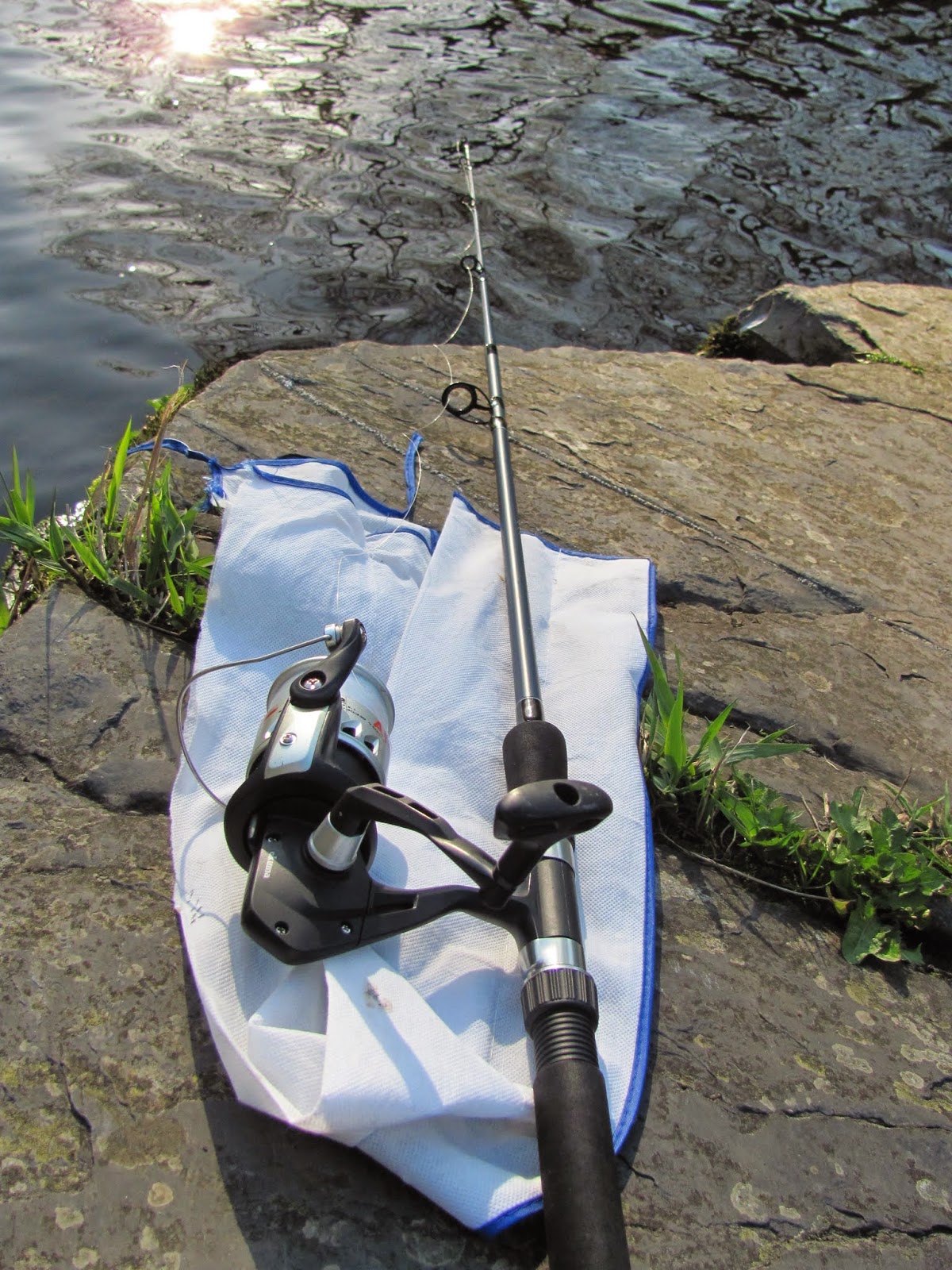All that said, it's high time we document another one of Dublin's museum treasures, Chester Beatty Library. The library is a bit off the beaten path, and not as conspicuous as some of the other free Dublin museums. It sits at the back of the Dublin Castle complex, behind the famous structures of Dublin Castle proper.
 |
| Part of Dublin Castle |
Go 'Round Back
At the back of the complex, the entrance to Chester Beatty Library looks on to a large grassy circle. This beautiful mini-park is decorated with bricks laying out Celtic knot shapes. Benches surround the intimate little garden, and the Garda (Irish police force) Memorial Garden, dedicated to the memory of Garda officers who have lost their lives in the line of duty.
It was most interesting to see on a small plaque this large green circle is a decorative-but-still-functional helipad. It lacks the universal H shape of modern pads, but the Celtic knot pattern can be easily spotted and targeted by pilots from the air.
The library itself is so called because the collection is almost entirely books and literary materials, with heavy emphasis on Asian and Islamic texts. Chester Beatty was an American collector who spent his life acquiring rare and exotic books and artwork. He was particularly interested in the culture and literature of the East. Upon his death, he left his collection to his library in Dublin, near his long time home in Donnybrook. The library was located at the original Donnybrook location until recently, when it was moved to its current home in Dublin Castle, nearer the City Centre and more accessible for visitors.
Were I would normally share photos of all the museum highlights, I have to simply describe my favorites, as photos are not allowed in the controlled preservative conditions of the library.
Among our favorites in the fabulous permanent collection are...
For the weary visitor, the library offers a peaceful rooftop garden. The sides have high walls with windows affording a nice view of the Dubhlinn Garden below. Unfortunately, other tall(ish) buildings in the castle complex block views of Dublin at large. A gravel surface and curvy walkways weave through small raised flowerbeds.
If planning a trip to Dublin, try to budget some time for Chester Beatty. Did I mention admission is always free? Yes, while Dublin Castle charges to look at a few old state apartments, Chester Beatty offers a unique look at art and literature from cultures we don't often see in the West. To learn more about Irish history, check out the Archaeological Museum and Kilmainham Gaol. To finish off a Dublin museum day, snap some (free) photos of Dublin Castle courtyard and make your way around the back for Chester Beatty.
 |
| Dubhlinn Garden |
 |
| Chester Beatty Entrance |
The Library
The library itself is so called because the collection is almost entirely books and literary materials, with heavy emphasis on Asian and Islamic texts. Chester Beatty was an American collector who spent his life acquiring rare and exotic books and artwork. He was particularly interested in the culture and literature of the East. Upon his death, he left his collection to his library in Dublin, near his long time home in Donnybrook. The library was located at the original Donnybrook location until recently, when it was moved to its current home in Dublin Castle, nearer the City Centre and more accessible for visitors.
Were I would normally share photos of all the museum highlights, I have to simply describe my favorites, as photos are not allowed in the controlled preservative conditions of the library.
Among our favorites in the fabulous permanent collection are...
- Chinese jade books, text literally engraved and into solid jade "pages" and inlaid with gold paint.
- Japanese story paintings, like an ancient wordless comic book painted in a series of images on a scroll, which would have been rolled and unrolled to look at the image series in the story.
- An ancient Egyptian love poem written in hieroglyphics on preserved papyrus.
- A large room-sized exhibit dedicated to religious works of a number of Eastern and Western religions, some of which I have never seen before visiting the library.
The museum also houses a rotating temporary exhibit. At my last visit with our friend Emily, the exhibit was dedicated to costumes and fashion. The collection included sketches of interesting fashions and real pieces on mannequins. The education corner for young visitors encouraged visitors to sit down and color a postcard with some provided colored pencils. One of us colored a beautiful dress, the other made an obnoxious-looking and poorly-colored message on a blank card. Won't say whose was whose.
 |
| Homeboy! (respectfully) |
For the weary visitor, the library offers a peaceful rooftop garden. The sides have high walls with windows affording a nice view of the Dubhlinn Garden below. Unfortunately, other tall(ish) buildings in the castle complex block views of Dublin at large. A gravel surface and curvy walkways weave through small raised flowerbeds.
 |
| Chester Beatty Roof Garden |
If planning a trip to Dublin, try to budget some time for Chester Beatty. Did I mention admission is always free? Yes, while Dublin Castle charges to look at a few old state apartments, Chester Beatty offers a unique look at art and literature from cultures we don't often see in the West. To learn more about Irish history, check out the Archaeological Museum and Kilmainham Gaol. To finish off a Dublin museum day, snap some (free) photos of Dublin Castle courtyard and make your way around the back for Chester Beatty.












































